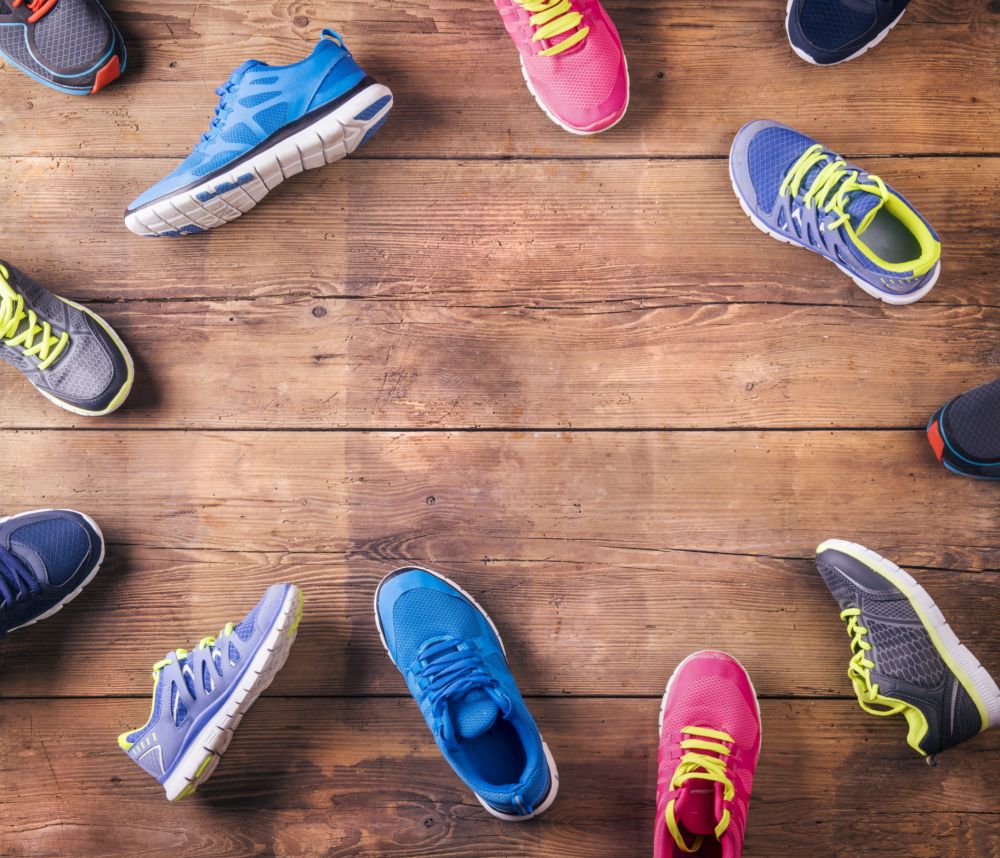Five reasons to rotate your running shoes
Having more than one pair can help you prevent injuries and save money in the long run

A runner’s most valuable possession is their running shoes. If you’re like most runners, you have one pair that you wear day after day until they’re falling apart and you’re forced to go buy a new pair. While having more than one pair of running shoes may not be financially feasible for everyone (let’s face it — they’re expensive), having two pairs and rotating between them comes with several benefits.

RELATED: 5 signs you need new running shoes
You’ll experience fewer injuries
One of the reasons we wear running shoes is to protect our bodies from some of the pounding running causes. As you wear your shoes down, however, they become less and less capable of providing the protection and cushion you need to prevent small aches and pains from cropping up. Giving your shoes a day off in between runs by switching to another pair will allow both pairs to maintain their structure longer, providing you with the support you need, mile after mile. In fact, studies have shown that runners who rotate between at least two pairs of shoes are almost 40 per cent less likely to get injured.
Your shoes will last longer
Most experts agree that the midsole foam in your shoe takes about 24 hours to fully bounce back after a run. This is the part of the shoe that offers support to your foot, so it’s really important that it’s in good shape. Rotating your shoes will allow the foam to fully regenerate, so you get a smooth, comfortable ride every time you lace them up, and you won’t need to replace them as frequently.

RELATED: Tips for buying running shoes online
You’ll save money
While it costs more money up-front to buy two pairs of running shoes, you’ll end up saving money in the long run, because each individual pair will last longer. Of course, not everyone will be able to afford to do this, but if you can, it’s well worth the investment.
It’ll help you find the perfect shoe
Finding the best shoe for your foot takes a lot of trial and error. Having two pairs allows you to try out different styles and models and do side-by-side comparisons, which will help you in your quest for the perfect running shoe.

RELATED: 5 alternative ways to tie your shoes
Different shoes for different runs
No one shoe is perfect for all types of runs. The shoe that makes you feel fast and light during a speedy track session will likely make your knees and feet unhappy over the course of a 20K long run, and the shoes you wear for an easy mileage day might make you feel sluggish and heavy during a fartlek or tempo run. Having different pairs for different purposes will help you get the maximum training effect from each type of run.


